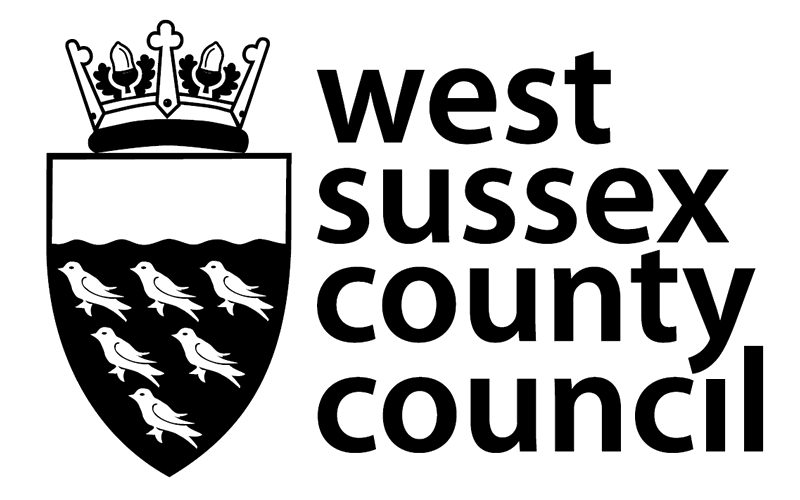1 Overview
The Schools' Admission Code requires that applications are processed under an ‘equal preference system'. Applications are ranked against the school's over-subscription criteria and not the preference order that they are listed on the application.
This means a child that lives further from a school but has listed it as their first preference can't be offered a place above a child who lives nearer but lists it as their second preference.
Every school listed on the application is treated as if it were a separate application (each one is equal) and only the highest possible preference that can be met will be offered. This is why it is important to express three different preferences in your application and not just one.
We can only accept one application for a child. Parents with shared parental responsibility should agree their child’s school preferences before making an application. If you change your preferences, any new application made, whether online or on paper, will make your previous application invalid.
2 Example of equal preference
Example A
| Preference order | School | Over-subscription criteria | Outcome |
|---|---|---|---|
| 1st preference | School A | Out of area | Refused |
| 2nd preference | School B | Out of area | Offered |
| 3rd preference | School C | Out of area | Discarded |
Example B
| Preference order | School | Over-subscription criteria | Outcome |
|---|---|---|---|
| 1st preference | School B | Out of area | Refused |
| 2nd preference | School A | In area | Offered |
| 3rd preference | School C | Out of area | Discarded |
Schools are not told and cannot ask you to confirm where they were ranked in your list of preferences.
3 Over-subscription criteria
All schools in West Sussex have criteria to use if they receive more applications than there are places available.
The criteria will be different for each school, but, in general, schools may give priority to children who:
- live in a prescribed area (often called a catchment area)
- already have a brother or sister at the school
- are in care or being looked after
- are attending a link infant school (only applies for junior school applications).
The tie break for the criteria is usually distance, with those living nearest the school (measured by a straight line from school to the child’s home address) having priority, but some schools use random allocation.
The criteria for each community and controlled school are available to view on our school admissions policies pages. Criteria for church voluntary-aided schools, foundation schools and academies, or schools in other local authority areas, can be found on their websites.
4 How it works
- You can name up to three schools on your application, in order of preference. You are strongly encouraged to include your catchment school as one of your three preferences, although living in a catchment area does not guarantee a place at the catchment school.
You are encouraged to include your catchment as a preference as if we cannot offer your child a place at any of your preferred schools, we will offer a place at your catchment school only where availability allows. If your catchment school is fully subscribed, you will be offered a place at the nearest school to your home address with a place available. - Your child is added to a list for each of the schools you have named. Each school's list is then ranked in accordance with the published admissions policies for that school to determine whether they are able to offer a place.
- If your child qualifies for a place at more than one school, the order the preferences were listed on the application becomes relevant and a place is offered at the school listed as the higher preference.
- We can only allocate your child one school place, and any subsequent application and offer will result in the original offer being withdrawn.
Church voluntary-aided schools, foundation schools and academies will be sent the list for ranking. The lists sent contain only information relevant for schools to order preferences against their over-subscription criteria, such as sibling details, address and distance measurement to school. No information about preference order is included on the list.
Reception, Year 1 and Year 2 places
Places for all Reception, Year 1 and Year 2 classes have a limit of 30 pupils per teacher. If the 30th child given a place is a twin (or a child from a multiple birth) the other siblings may also be given a place, as permitted exceptions.
5 Previous allocation numbers
Allocation numbers
Allocation numbers for the last transfer round can be accessed in the Information for parents booklets on the pages linked below. Booklets are published on the 'before you apply' pages when the relevant round is open.
Allocation numbers for previous years
Previous allocation numbers for the last two years are available from the School admission policies.

